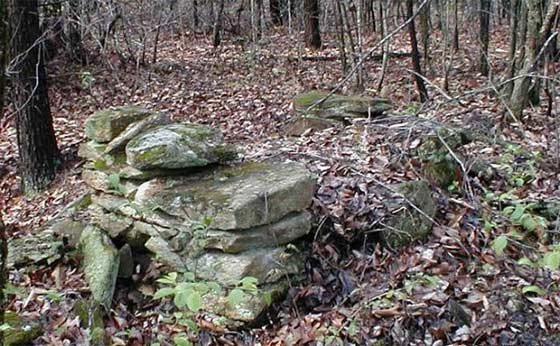
Can you find the man hiding in the picture?
If ever in a situation where evasion is paramount, here are some tips for movement while minimizing your chances of detection…
1. A moving object is easy to spot. Our eyes and brain are very adept at noticing movement, particularly against a background of relatively little movement. This is probably the most important fact to remember if you are trying to remain undetected. The keyword here is “slow” in this type of environment while also blending in. On the other hand, in some situations where you are within an environment of moving people, you could potentially blend in, so long as you are “blending in” and being street smart.
2. In the wild, mask yourself with natural cover. Apart from wearing a Ghillie suit, make smart choices for the color / camouflage of your clothes. Consider your surroundings and blend in with them by wearing similar colors. Generally, wearing neutral colors – olive drab, brown, beige, gray – will blend in well with many environments.
3. Movement during periods of low light, or bad weather will reduce the likelihood of being seen. Unlike other predators, we humans are not able to see too well in low light conditions, so use this to your advantage. Be aware of modern technology including IR Thermal imaging, of which there are ways to potentially block it or reduce your signature.
4. Avoid silhouetting. Walking in the open (e.g. across a hilltop, etc.) will present a visible profile to others. Be aware of what is behind you at all times and use it to your advantage by either avoiding it (take another route) or using it blend in or conceal. Be aware of how you contrast with your background (color, pattern, contrast, etc.)
5. At irregular intervals (as in NOT regular intervals), STOP at a point of concealment and LOOK and LISTEN for signs of activity. Don’t just go blindly on, even while being careful. The irregularity of your stopping and starting will not present so much of a pattern. While using your sight, also use your sense of smell and sense of hearing while stopped and scanning.
6. Be quiet. Be aware of the noise you are making as you move and travel including that of your equipment or clothing. A wet and damp environment is favorable to walking silently. Watch where you step.
7. Moving along an overall irregular route will help conceal evidence of travel. As in, it’s easier to track someone walking a straight line.
8. Do not break branches or disturb vegetation. ‘Manage’ vegetation that normally would spring back (e.g. use a walking stick to part vegetation). Don’t leave “breadcrumbs” behind you of trampled grass, snapped twigs, etc.
9. Do not grab small trees or brush. This almost always leaves evidence.
10. Do not overturn ground cover, rocks and sticks. This is easy to spot by a tracker. Travel through the environment without disturbing anything if possible.
11. Take advantage of solid surfaces (rocks, logs, etc.). They will not leave tracks.
12. Cross a road (preferably at night) after observation from concealment to determine that there is no activity. Cross at points that offer concealment. Remember, you are silhouetted and exposed when crossing a road. Choose the shadows if possible.
There are lots more tips and advice than just these.
Feel free to comment and add your own tips or recommendations for traveling undetected…
You need to be a member of 12160 Social Network to add comments!
Join 12160 Social Network